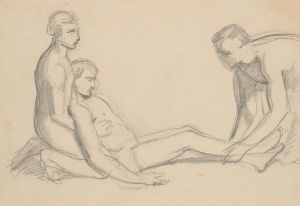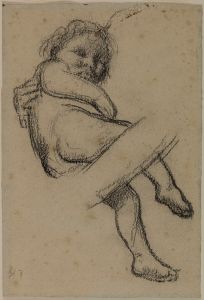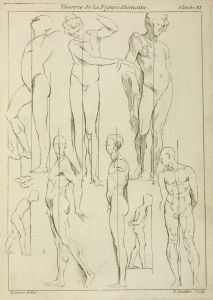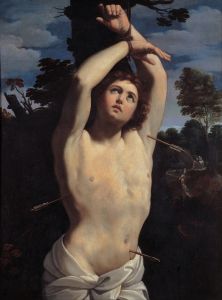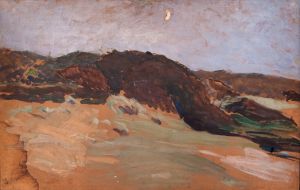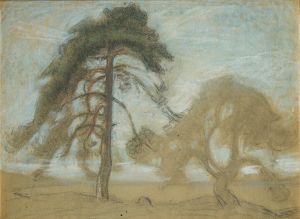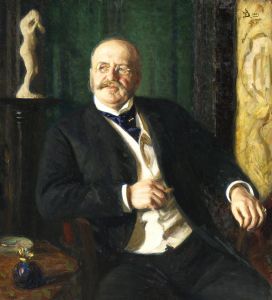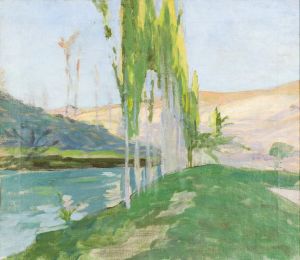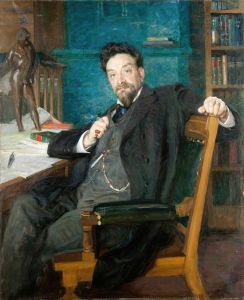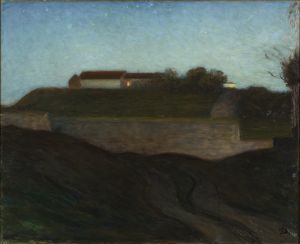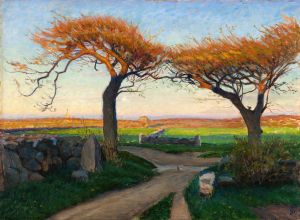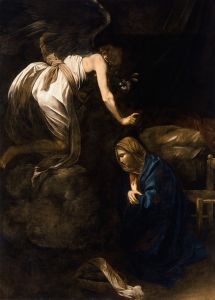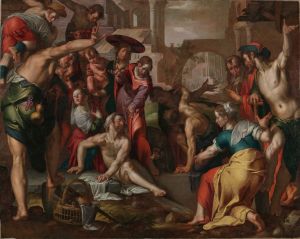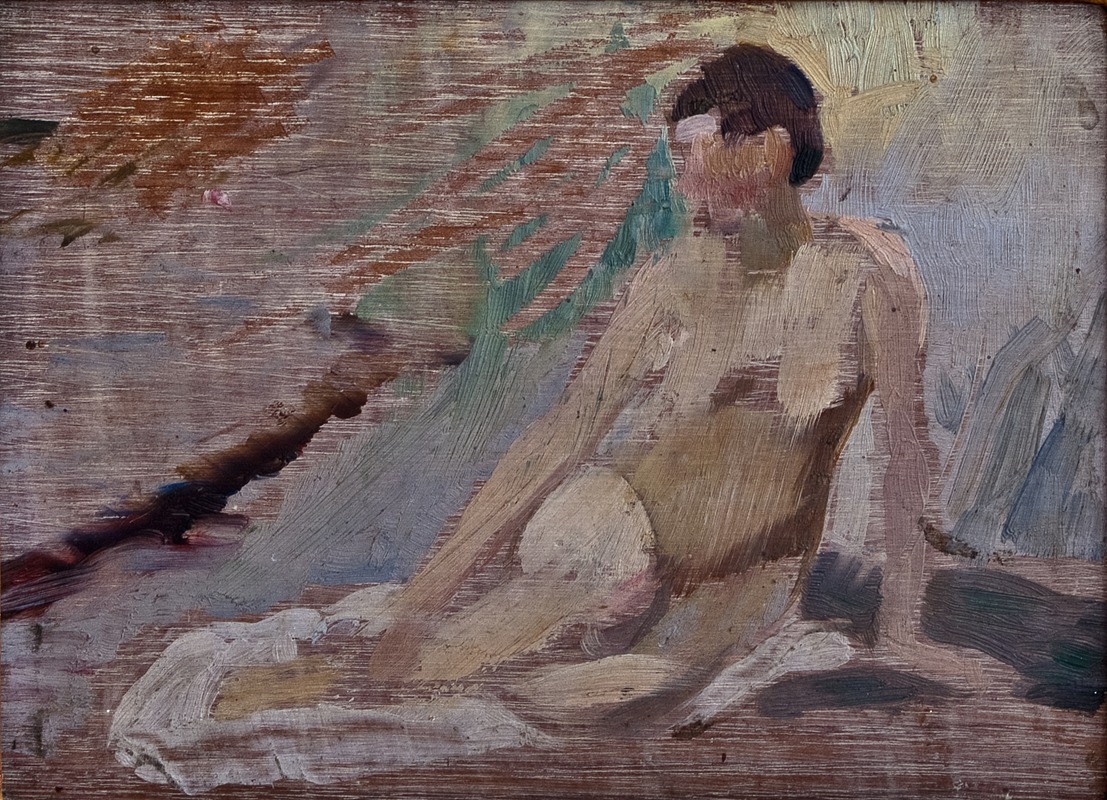
Model Study
A hand-painted replica of Richard Bergh’s masterpiece Model Study, meticulously crafted by professional artists to capture the true essence of the original. Each piece is created with museum-quality canvas and rare mineral pigments, carefully painted by experienced artists with delicate brushstrokes and rich, layered colors to perfectly recreate the texture of the original artwork. Unlike machine-printed reproductions, this hand-painted version brings the painting to life, infused with the artist’s emotions and skill in every stroke. Whether for personal collection or home decoration, it instantly elevates the artistic atmosphere of any space.
Richard Bergh's "Model Study" is a notable work by the Swedish painter, who was an influential figure in the Swedish art scene during the late 19th and early 20th centuries. Bergh was born on December 28, 1858, in Stockholm, Sweden, and became known for his contributions to the development of Swedish National Romanticism and his involvement with the artist group Opponenterna, which sought to challenge the traditional art norms of the time.
"Model Study" is a testament to Bergh's skill in capturing the human form and his interest in exploring the themes of naturalism and realism. Although specific details about the painting's creation, such as the exact year it was painted, are not widely documented, it is understood to be part of Bergh's broader body of work that often focused on portraiture and the human figure.
Bergh's approach to painting was heavily influenced by his education and travels. He studied at the Royal Swedish Academy of Arts in Stockholm and later spent time in Paris, where he was exposed to the works of the French Realists and Impressionists. This exposure played a significant role in shaping his artistic style, which often combined a keen observation of nature with a deep interest in the psychological aspects of his subjects.
In "Model Study," Bergh's attention to detail and his ability to convey the subtleties of light and shadow are evident. The painting likely features a model posed in a naturalistic setting, reflecting Bergh's commitment to capturing the authenticity of the human experience. His use of color and composition demonstrates his mastery of the techniques he absorbed during his studies and travels.
Bergh's work, including "Model Study," contributed to the broader movement of National Romanticism in Sweden, which sought to create a distinct national identity through art by drawing on local landscapes, folklore, and historical themes. This movement was part of a larger European trend during the late 19th century, where artists and writers aimed to express national character and pride through their works.
Throughout his career, Richard Bergh held several important positions within the Swedish art community. He served as the director of the Swedish National Museum from 1915 until his death in 1919, where he played a crucial role in shaping the museum's collection and promoting Swedish art both nationally and internationally.
While "Model Study" may not be as widely recognized as some of Bergh's other works, such as "Nordic Summer Evening" or "The Artist's Wife," it remains an important piece that reflects his artistic philosophy and technical prowess. Bergh's legacy continues to influence Swedish art, and his works are celebrated for their contribution to the country's cultural heritage.





